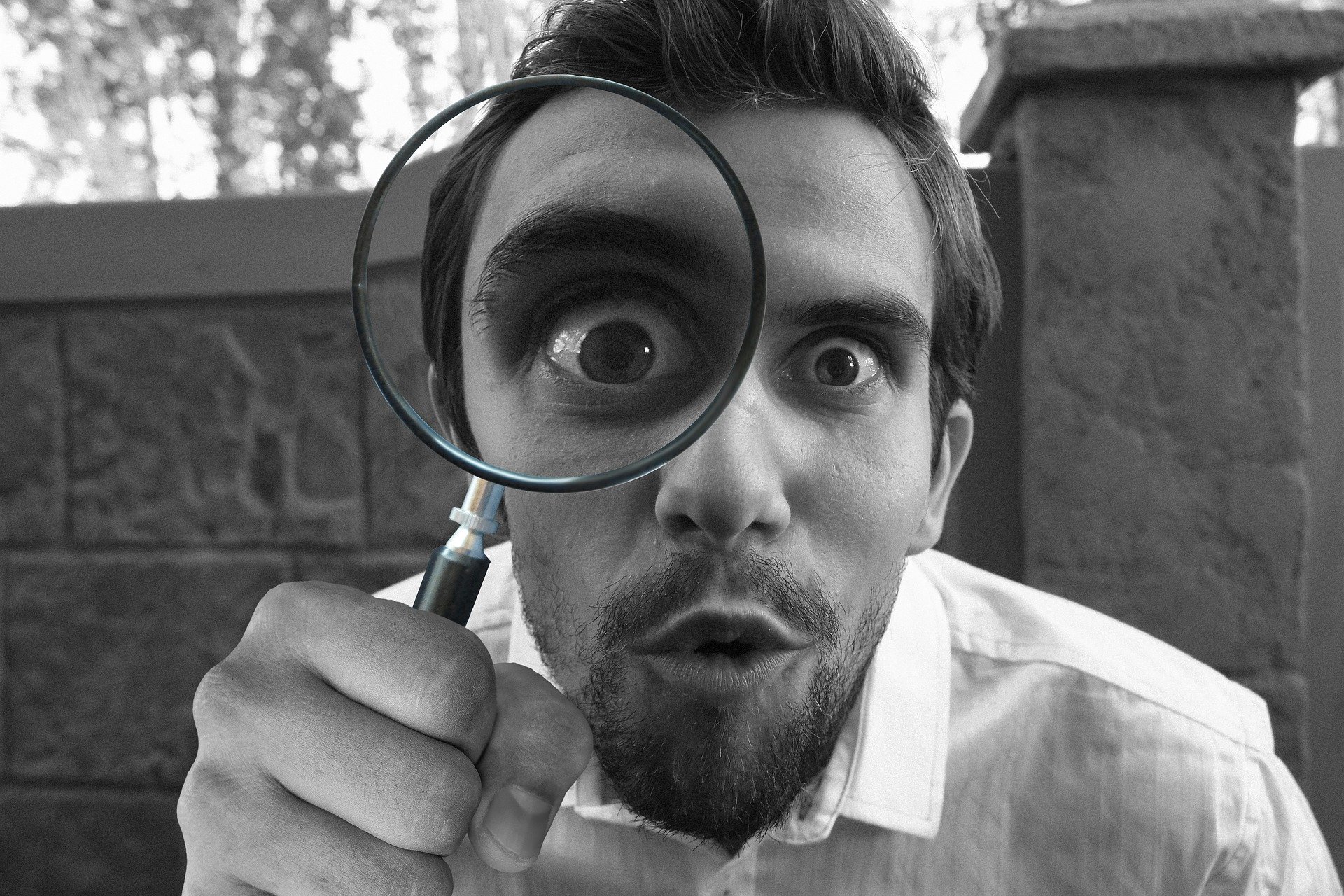One of the most annoying problems for Hi-Fi system owners is interference that spoil the sound that is emitted. This can result in buzzing or hissing while playing the song we are listening to or the film we are watching. Nothing could be more annoying for an enthusiast. So, how do you eliminate interference in your Hi-Fi system? First of all, it must be said that there are measures that allow us to identify the problem more quickly than others, but without eliminating it. For that, it will be necessary to take more drastic measures than those we are about to list.
What to do and how to investigate interference?

Thefirst thing to do is to reduce your system to the bare minimum. Most Hi-Fi systems consist of a source, amplifier and speakers, but when it comes to components, enthusiasts can indulge in mains conditioners, preamplifiers, dual amplifiers and more. There is something for all tastes and the set-up of a system is given exclusively by the will of its owner. To understand more easily where the problem lies, however, it will be the case of reducing our system to the formation initially described. The password: simplify.
Once this has been done, it is necessary to isolate the problem and identify where it lies. It is imperative to carry out one intervention at a time and, at the same time, take note of the improvements or worsening of each step. If we have to work on several sections at the same time, we will not have a solid foundation to stand on.
Tin foil to detect interference
One way to understand where to intervene, within everyone's reach and immediate, is to wrap, with tinfoil and one at a time, the cables that connect the components of the system (source, amplifier and speakers, then, according to what we wrote above). An aluminium foil, although essential to say the least, is still a shield, therefore able to protect the signal from the interference we are looking for. It will not eliminate the problem, mind you. For this we need shielding, but of a very different level, both in terms of materials and the geometry with which they are constructed. However, it will help us to understand where this lies. Well begun is half done.

We will then first wrap the cable INTERCONNECT (more prone to interference than the others) in tinfoil, and after this two things can happen:
- Nothing changes.
- There is a variation in audio interference (it could be even worse).
If the first hypothesis occurs, we will go ahead and isolate another cable, leaving the first intervention in place, until a change in the situation occurs. The important thing is always to make only one change at a time.
It is important to note any changes in this testing phase and, after a quick analysis of the information we have available, we will begin to get a better picture of the interference in our system.
Ricable against interference in your Hi-Fi system
We know that interference is hard to find, which is why we make ourselves available to help our customers in this analysis, in order to find the culprit of the listening defect. If the interference is due to the cabling, we can also provide the best support to eliminate the cause of the problem and significantly improve the listening experience. Certainly with a well-made cable, with a better shielding, all interference problems arising from the connections can be solved. This is where Ricable comes in, with its expertise in eliminating interference in any hi-fi system and its wide range of shielded cables. with both traditional and innovative and unconventional technologies. Why not see if you can find the solution to your problems by taking a look at the products or asking our team of experts for help? Just click below!














